Our First Amendment rights protect student journalists
Student journalists are real journalists reporting and working for their student newspaper publication. Learn how and why the First Amendment allows The Mav to cover important matters.
Denver Post Editor Megan Schrader holds a press conference with the students in attendance, offering a message of hope. She reminds them to not “feel confined and limited by the fact that [they] are student journalists.” (2017)
This is The Mav’s second editorial of the 2020-2021 school year. Editorials are articles written by a publication’s editors to express a shared opinion or discuss a topic the editors think needs more attention. These articles are meant to persuade readers and to promote critical thinking while sometimes encouraging people to take action.
The state of Colorado has a number of protections in place to support student journalists. Many High School students, staff, and community members may not be aware of the obstacles that student journalists face or policies that are in place to enable them to freely report and write about their schools and other issues.
There are organizations such as the Colorado Student Media Association (CSMA) that support student journalists by holding conferences for student journalists, like Journalism Day, sponsoring award shows and contests, and providing resources (legal and ethical support) for student journalists.
But what is most helpful for student journalists is the First Amendment. Because Colorado is a Tinker state (a state with added protections and not as many limitations as others), students have the freedom to express and share their opinions through not only what they wear and say but through student journalism as well.
The case Tinker v. Des Moines (referenced above) is well known because after students were suspended for protesting the Vietnam War by wearing black armbands, one of them — Mary Beth Tinker — fought the school district all the way up to the Supreme Court, where a judge famously said that students don’t “shed their constitutional rights to freedom of speech or expression at the schoolhouse gate”.
In school, we are taught the First Amendment: “Congress shall make no law respecting an establishment of religion, or prohibiting the free exercise thereof; or abridging the freedom of speech, or of the press; or the right of the people peaceably to assemble, and to petition the Government for a redress of grievances.”
But what does this mean for student journalists? They’re still in a school and have to follow school rules. While that’s correct — yes, students still have to follow the rules of the facility they’re in and should follow those rules respectfully — students have the same rights, even special state protections here in Colorado, to report and share their opinions, even if adults don’t agree or like what they’re doing.
In other words, we are able to report and write about controversial subjects, we are able to allow students to develop strong arguments and print them in our opinion section, and we are able to do so without worrying about authority figures shutting us down.
There are exceptions, of course, but for the most part, we are free to responsibly report.
Colorado also has a “Colorado Student Free Expression Law.” This law explains that student publications shall not be subject to prior restraint. Basically, no one is allowed to tell the publication that they aren’t allowed to write something or demand to see content before it is published unless it is slander, libelous, or defamatory under state law.
It also explains that content is determined by the student editors, not the adviser or school officials, AND school officials are not responsible for the outcome of publications. School officials cannot be held responsible for the content of our publication.
Recently, they added that advisers are now protected. Advisors can no longer be fired or punished because of what the editorial board decides to publish.
School districts are required to write a policy that aligns with the Colorado State Law. There is a district policy that applies to MHS journalists. In our own district’s policy, it states: “Content of school-sponsored publications should reflect all areas of student interest, including topics about which there may be dissent or controversy.”
In this policy, it explains that students may not write libel or slanderous content or content that disrupts regular school activity.
District policy also states, “Material that stimulates heated discussion or debate does not constitute the type of disruption that is prohibited.”
Journalism is changing, and so are student publications. Thankfully, the First Amendment, along with added state law protections and even our own district publications policy, allows us to do our jobs and write about topics we think are important and worth exploring.
Your donation will support the student journalists of Mead High School. Your contribution will allow us to purchase equipment and cover our annual website hosting costs.



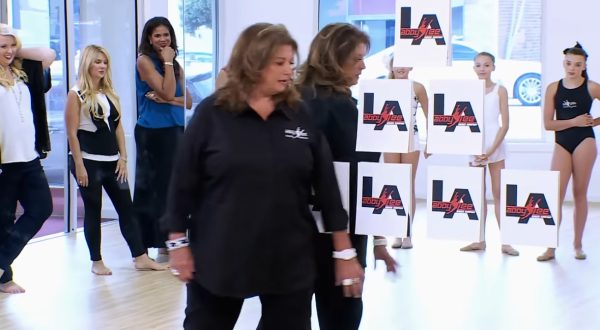
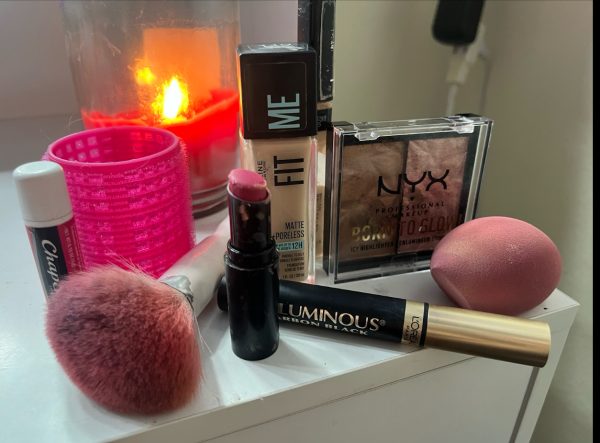
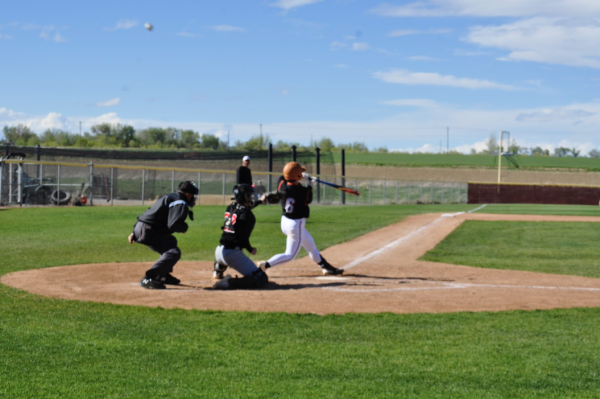
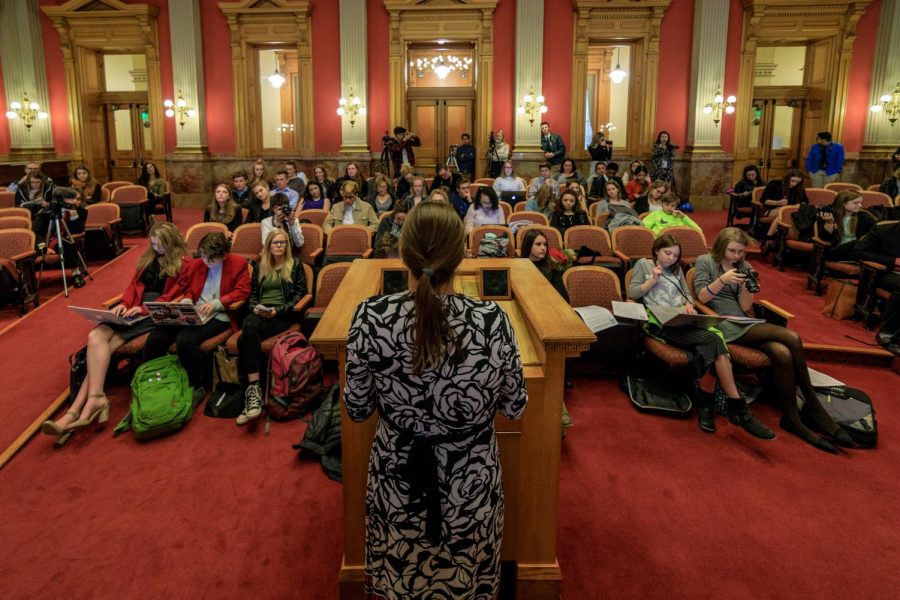
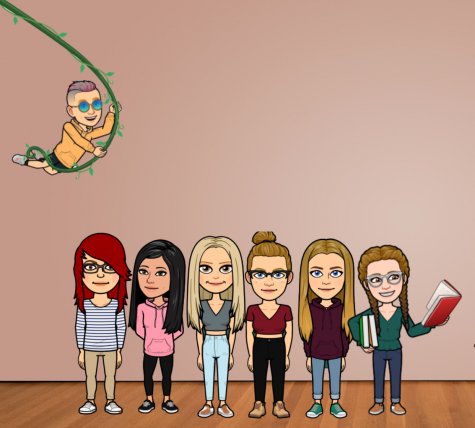



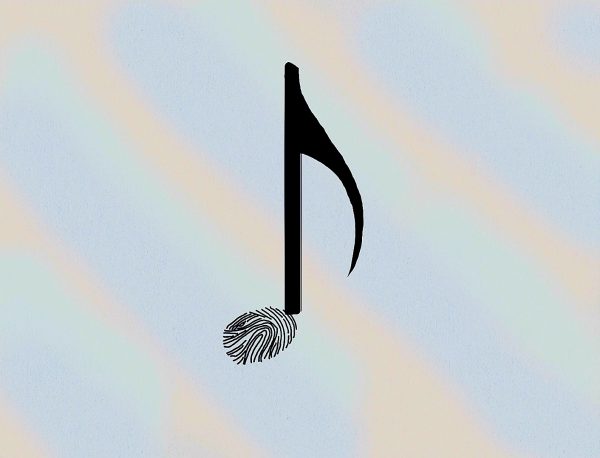
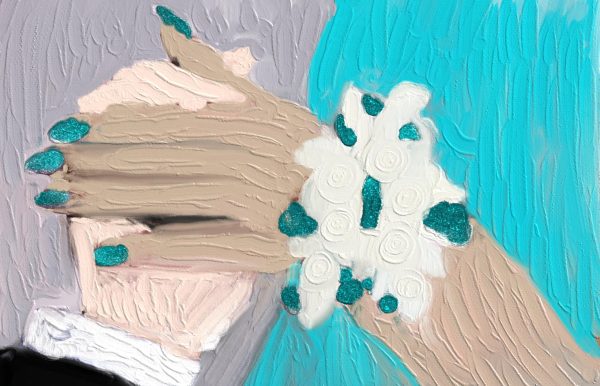

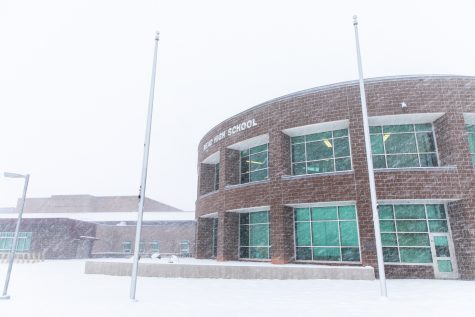
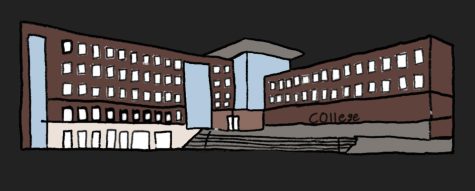

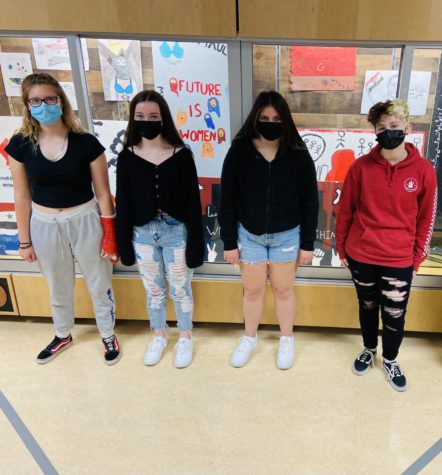
Dusty • May 20, 2021 at 3:23 pm
It’s so excellent that we live in a free country, and the first amendment is awesome! I’m so grateful that we have it and that we have access to it! Thank goodness we can all share our thoughts in a healthy manner, otherwise it would be a very boring place!
Skylar Whalen • Nov 16, 2020 at 1:24 pm
I agree this is a very important subject that not many take into account.
Isabella Erickson • Nov 16, 2020 at 1:23 pm
The fact that we have these rights protected no matter what really is so amazing. And this should be read by many to understand what laws protect student journalism
Arizona Lee • Nov 16, 2020 at 1:23 pm
Such an important matter to write and report on :)) very well written!
Kadin • Nov 16, 2020 at 1:22 pm
Great topic to write about, very interesting and well written.
Ashliee Treblik • Nov 16, 2020 at 1:21 pm
Snaps to this! Lots of very important information for our community members here.
Joya Haskin • Nov 16, 2020 at 1:20 pm
The editorial is very informative and uses simple enough, yet still academic language to inform the public about something they may not understand. Well done.
Adah McMillan • Nov 16, 2020 at 1:20 pm
I’m so glad that I am fortunate enough to live in a state with student journalism protections. I think that it is impossible to promote free critical thinking in young students without giving them the ability to express themselves.
Miles Michell • Nov 16, 2020 at 1:20 pm
So important that school officials are aware of everything listed here…
Campbell Goter • Nov 16, 2020 at 1:20 pm
this is very informative and helps readers understand how student journalists are protected in their writing (: